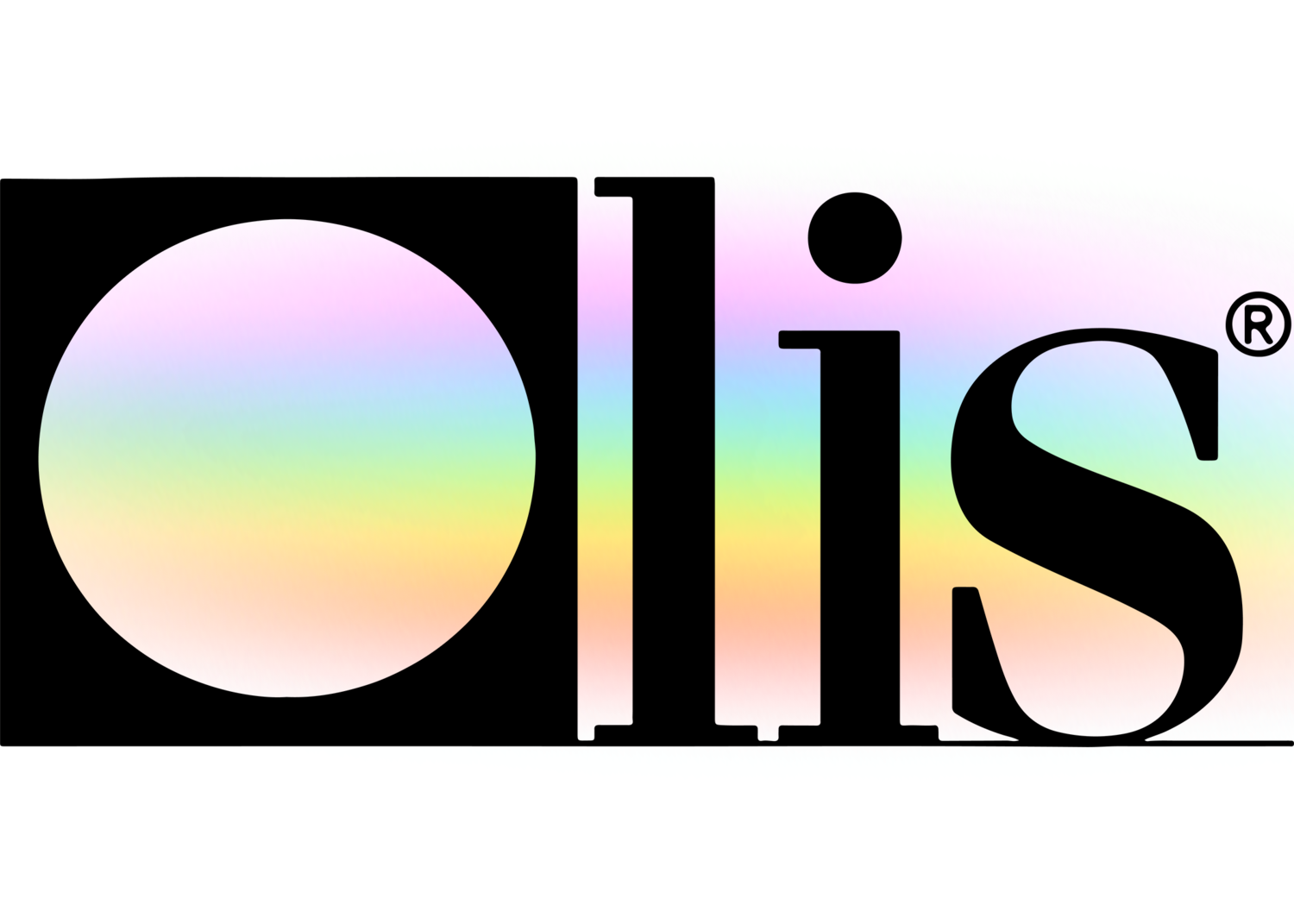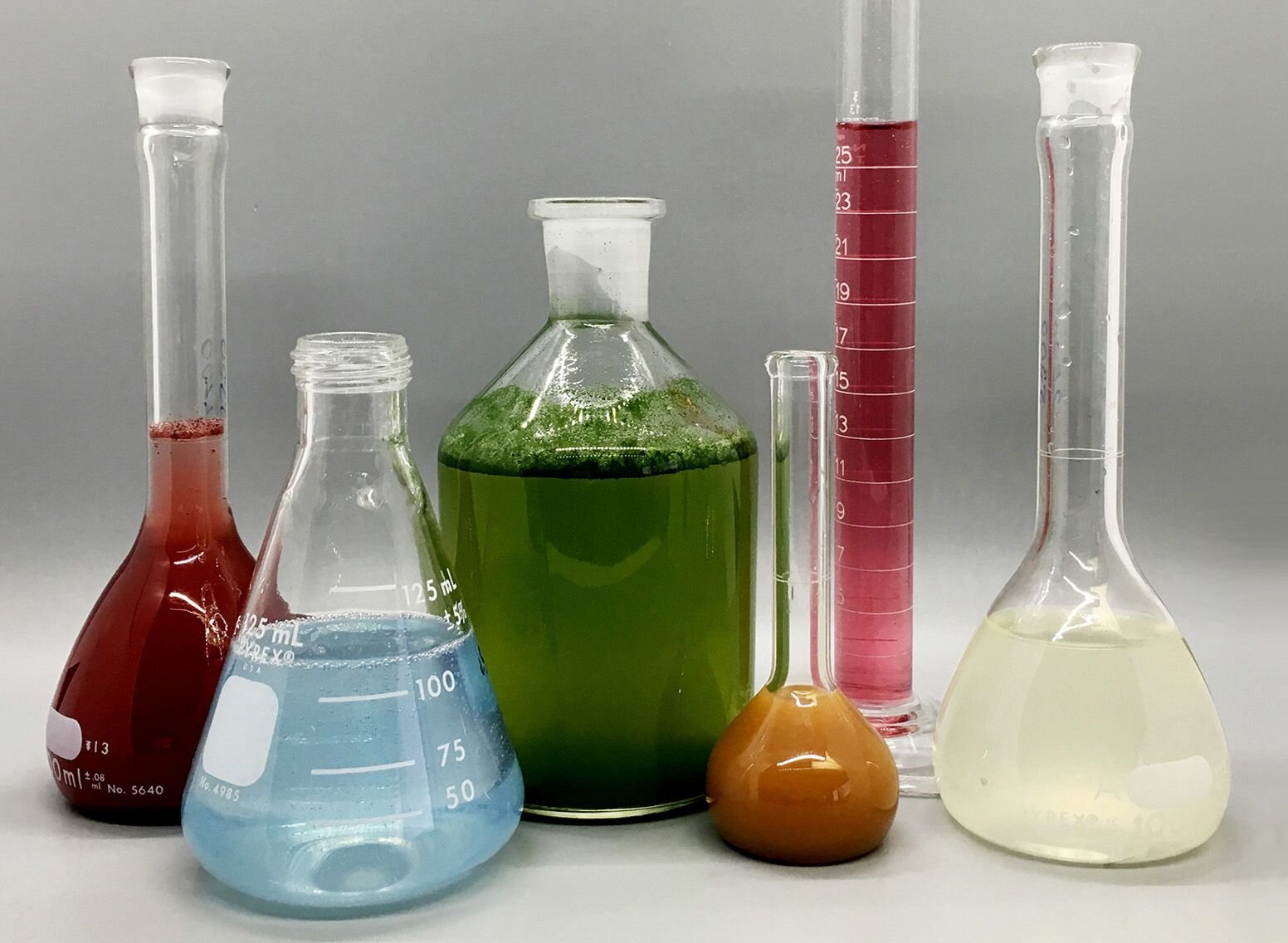The smart Trick of Circularly Polarized Luminescence That Nobody is Talking About
The smart Trick of Circularly Polarized Luminescence That Nobody is Talking About
Blog Article
Get This Report about Spectrophotometers
Table of ContentsThe Basic Principles Of Uv/vis Top Guidelines Of Circular DichroismGetting My Uv/vis/nir To WorkSome Known Incorrect Statements About Uv/vis The Definitive Guide to Uv/vis/nir

Although spectrophotometry is most frequently used to ultraviolet, noticeable, and infrared radiation, modern-day spectrophotometers can interrogate broad swaths of the electro-magnetic spectrum, consisting of x-ray, ultraviolet, visible, infrared, and/or microwave wavelengths. Spectrophotometry is a tool that hinges on the quantitative analysis of particles depending upon just how much light is soaked up by colored substances.
The Greatest Guide To Spectrophotometers
A spectrophotometer is frequently used for the measurement of transmittance or reflectance of options, transparent or nontransparent solids, such as sleek glass, or gases. Although lots of biochemicals are colored, as in, they soak up noticeable light and for that reason can be determined by colorimetric treatments, even colorless biochemicals can typically be converted to colored compounds ideal for chromogenic color-forming reactions to yield substances ideal for colorimetric analysis.: 65 Nevertheless, they can likewise be designed to measure the diffusivity on any of the listed light ranges that generally cover around 2002500 nm utilizing various controls and calibrations.
An example of an experiment in which spectrophotometry is used is the determination of the equilibrium constant of a service. A particular chemical reaction within an option might occur in a forward and reverse instructions, where reactants form products and items break down into reactants. At some time, this chemical reaction will reach a point of balance called a balance point.
The Best Strategy To Use For Circular Dichroism
The quantity of light that travels through the solution is a sign of the concentration of specific chemicals that do not allow light to travel through. The absorption of light is due to the interaction of light with the electronic and vibrational modes of molecules. Each kind of molecule has an individual set of energy levels associated with the makeup of its chemical bonds and nuclei and thus will absorb light of specific wavelengths, or energies, resulting in distinct spectral properties.
They are commonly utilized in many markets including semiconductors, laser and optical production, printing and forensic assessment, as well as in laboratories for the study of chemical substances. Spectrophotometry is typically utilized in measurements of enzyme activities, decisions of protein concentrations, decisions of enzymatic kinetic constants, and measurements of ligand binding reactions.: 65 Ultimately, a spectrophotometer is able to figure out, depending on the control or calibration, what substances are present in a target and exactly how much through estimations of observed wavelengths.
Created by Arnold O. Beckman in 1940 [], the a fantastic read spectrophotometer was developed with the aid of his associates at his company National Technical Laboratories founded in 1935 which would become Beckman Instrument Company and eventually Beckman Coulter. This would come as a solution to the previously produced spectrophotometers which were not able to absorb the ultraviolet correctly.
Rumored Buzz on Uv/vis/nir
It would be found that this did not offer acceptable outcomes, therefore in Model B, there was a shift from a glass to a quartz prism which permitted better absorbance results - UV/Vis (https://www.4shared.com/u/FvsNFVfH/julieanndesalorenz30606.html). From there, Design C was born with an adjustment to the wavelength resolution which ended up having three units of it produced
It irradiates the sample with polychromatic light which the sample takes in depending upon its residential or commercial properties. It is transferred back by grating the photodiode range which finds the wavelength area of the spectrum. Because then, the production and application of spectrophotometry devices has actually increased immensely and has actually become one of the most innovative instruments of our time.

The Best Guide To Uv/vis
Historically, spectrophotometers utilize a monochromator containing a diffraction grating to produce the analytical spectrum. The grating can either be movable or fixed. If a single detector, such as a photomultiplier tube or photodiode is utilized, the grating can be scanned step-by-step (scanning spectrophotometer) so that the detector can measure the light intensity at each wavelength (which will correspond to each "action").
In such systems, the grating is fixed and the intensity of each wavelength of light is measured by a different detector in the range. Furthermore, most modern mid-infrared spectrophotometers use a Fourier change method to acquire the spectral details - https://soundcloud.com/julieanndesalorenz30606. This technique is called Fourier transform infrared spectroscopy. When making transmission measurements, the spectrophotometer quantitatively compares the fraction of light that travels through a referral solution and a test option, then electronically compares the strengths of the 2 signals and computes the portion of transmission of the sample compared to the referral requirement.

Report this page